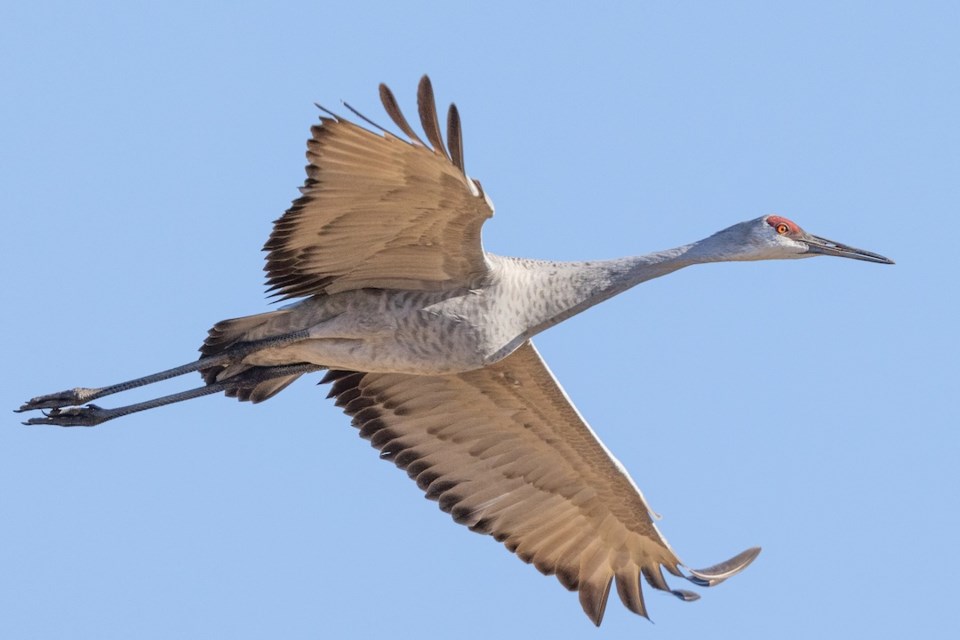May is the apogee of the birding year on the Sunshine Coast and by the end of the month, all 60 migrant species that arrive from the south will have appeared, though some are merely passing through to farther north. When these species arrive, they are primed for courtship, with the males singing their best songs while decked out in prime breeding plumage. It is a short window, as the exuberant songs cease and the exotic colours fade by early July.
Birders, the folks who watch, listen, and record birds, are also very active, taking advantage of this peak season. These same birders share their knowledge and expertise with people new to the hobby. The Sunshine Coast Natural History Society and the Sargeant Bay Society both have bird walks (can Google) and Eldercollege has an annual three-session introductory birding course. In the digital age, the Merlin birding app has encouraged many people to dabble in the hobby.
Birders not only record common and regular species, but rare or unusual species are highly anticipated. It has been a poor year so far for rarities, so John Field’s photograph of five sandhill cranes at Oyster Bay on April 30 was welcome. Sandhill cranes are an abundant species, but their migratory routes generally avoid the Salish Sea, with routes to both the east and west. Small flocks are occasionally reported overhead but birds on the ground in our area are rare. An exception was the lone crane that spent over a year around the Mission Point subdivision, ending in March 1993.
Sandhill cranes are amenable to close contact with humans, and this individual somehow learned that dog food was on offer in the subdivision (whether purposely or by accident). The charismatic bird was sadly missed when it finally moved on!
Another example of bird-human interaction recently came to my attention. A friend reported that while he was away, his cat-sitter saw a barred owl perched at the edge of the garden pond containing goldfish. When he arrived home, he discovered that the goldfish were no more. I have learned since that this is not a unique event. I’m not surprised, as barred owls are a notoriously adaptable species and positively thrive around human habitation. Despite this, fish-eating among owls is rare, though there are a couple of species adapted to this: Blakiston’s fish owl of the far east, and Pel’s fishing owl of Africa. Locally, the usual threat to fishponds comes from great blue herons and belted kingfishers.
In my garden on Redrooffs Road I first detected the churr of a house wren on the evening of April 24, and the next morning it was in full song. I suspect this is now true of many local gardens. House wren has only recently colonized our area but is now common.
To report your sightings or questions contact me at [email protected] or 604-885-5539. Good Spring Birding.



